Carl Offterdinger is one of the most famous German illustrators of all times. As all illustrators from the 19th century, he started as a painter, studying at the classical art academy, exploring different media and styles, had a chance to experiment to see how his work pans out after replication with numerous new printing techniques, and finally became a professor.
This, of course, secured his financial position and gave him even more options to explore. Today we know him mostly by illustrations of fairy tales and adventure stories which are still reprinted in new versions of old collections.
Here are 10 characteristic illustrations by Carl Offterdinger:


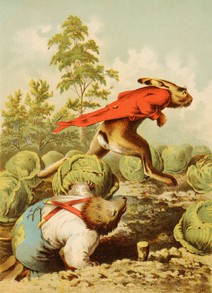
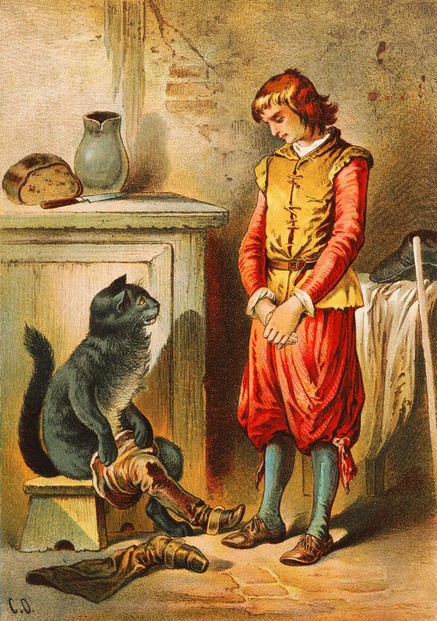
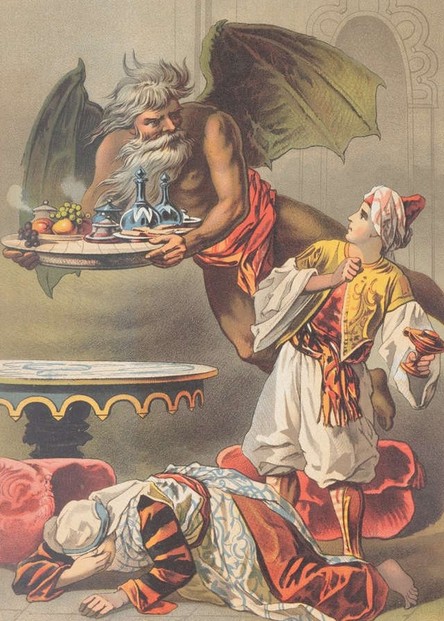
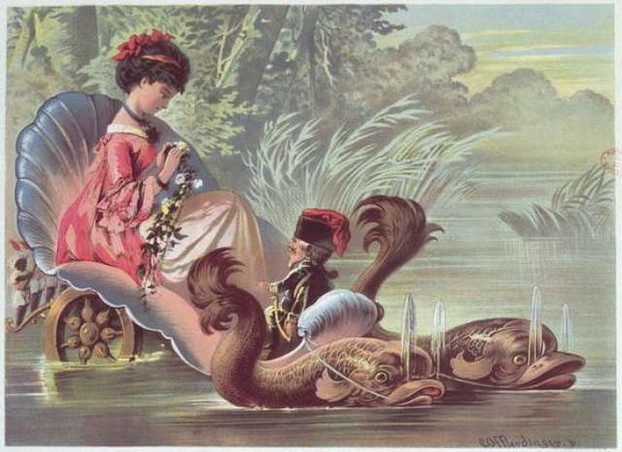
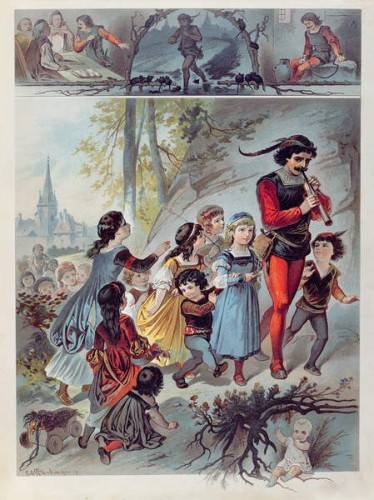
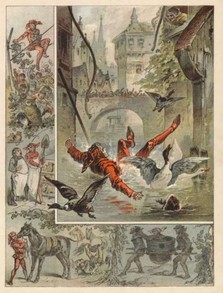
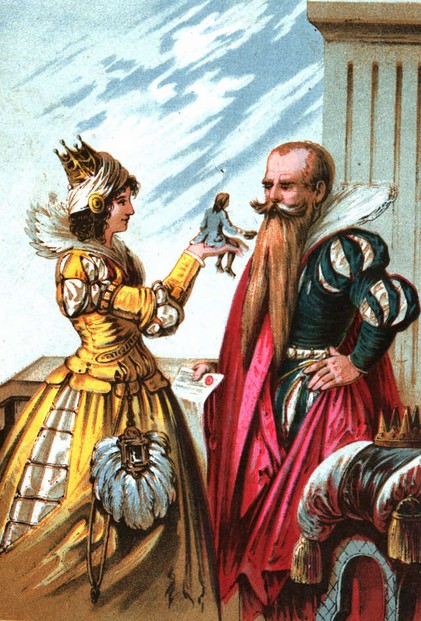
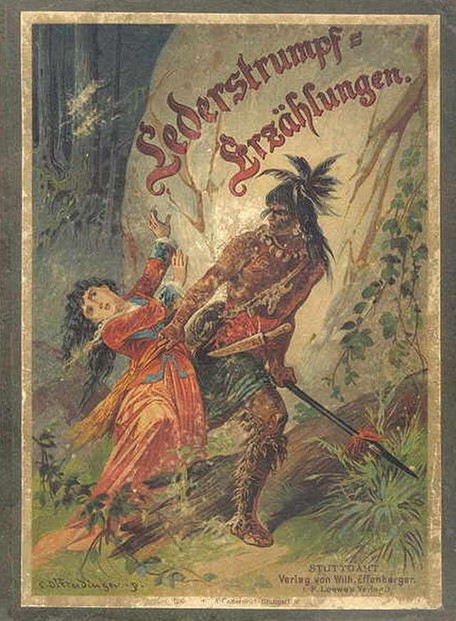
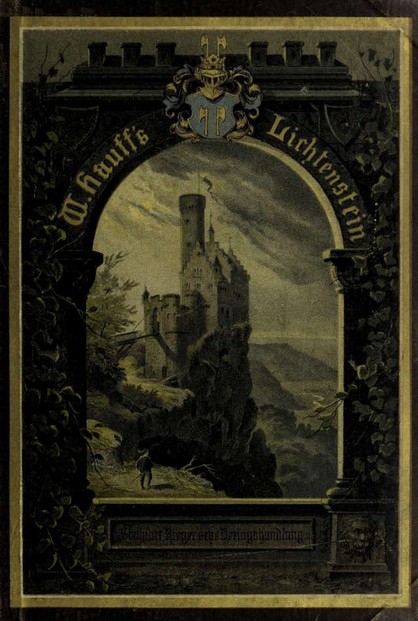

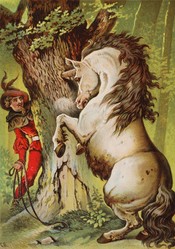

 Vintage Postcard Artists with 10 Examples of Easter Cardson 02/21/2025
Vintage Postcard Artists with 10 Examples of Easter Cardson 02/21/2025
 Valentine's Symbolson 01/23/2025
Valentine's Symbolson 01/23/2025
 Thanksgiving Symbolson 11/12/2024
Thanksgiving Symbolson 11/12/2024
 Famous Witches in Literary Historyon 10/06/2024
Famous Witches in Literary Historyon 10/06/2024

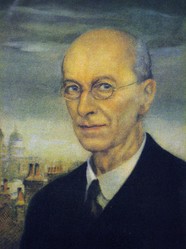
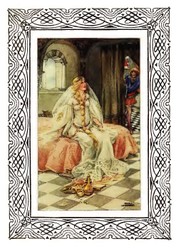
Comments
If I remember corectly he was very disappointed by their ignorance. After all, they included his fairy tale into their first edition and his first succes in the field of literature for kids was titled German Fairy Tales (not Danish). On the other hand, Charles Dickens knew him very well but this is a completely different story. Let's focus on Carl Offterdinger:)
Thank you!
It's quite humorous and quite intriguing to imagine how little Hans Christian Andersen perhaps liked not being known by two such makers and shakers as the Brothers Grimm in his fairy-tale corner of the literary world!
Well, brothers lived and worked together for the most of their lives. I am not sure if they ever encountered Carl Offterdinger. But I know they had no idea who was H. C. Andersen, when they were introduced to each other.
Thank you!
The first paragraph under the first subheading, The hare and the hedgehog (Fairy tales by Grimm Brothers), considers that "When we are talking about vintage German illustrators, fairy tales by Brothers Grimm came first to one's mind and Offterdinger was no exception."
The three lives somewhat overlapped: Jacob Grimm (Jan. 4, 1785–Sep. 20, 1863), Wilhelm Grimm (Feb. 24, 1786–Dec. 16, 1859) and Carl Offterdinger (Jan. 8, 1829-Jan. 12, 1889).
Would it be possible that the three knew one another?
Both brothers tried to do as much as possible to unite many different areas of today's Germany (which was not a state at their times) through common charactersitics. Language was one and shared stories another. People who share the stories (often hundreds of years old) are most likely to unite under one flag what was very important when they were fighting Napoleon.
Thank you for the link at the end of the first-listed Offterdinger illustration, The hare and the hedgehog (fairy tales by Grimm Brothers).
That link's Children's and household tales by Brothers Grimm site begins with The hare and the hedgehog article May 4, 2019, by KHM1812. That article describes Wilhelm Grimm as the brother "who tried to connect every story with mythology if it was due or not."
Why did Wilhelm Grimm want to back Grimm-collected fairy tales mythologically?
I agree, DerdriuMarriner.
The first characteristic Offterdinger illustration, The hare and the hedgehog, appears as an attractive example of the Heinrich von Rustige's influences upon Offterdinger images.
Do you not find that the hare in his running stance and the hedgehog in his crouching position equate nicely to a running person and to a crouching person? That respect for sentient bodies immobile and mobile feature in the online-sourced Rustige images.
Thanks, DerdriuMarriner, it's always a pleasure to see you stopping by. I think Offterdinger's work on Grimm's fairy tales is my favorite, but it's hard to choose just one single picture.
Tolovaj, Thank you for the images, information and products.
Which one is your favorite of the nine illustrations?
Offterdinger is particularly adept at conveying action, character and mood with an economy of implied emotions, poses and thoughts. His animals, vegetation and yellows especially seem impressive, across all artistic times and for his time's technology.